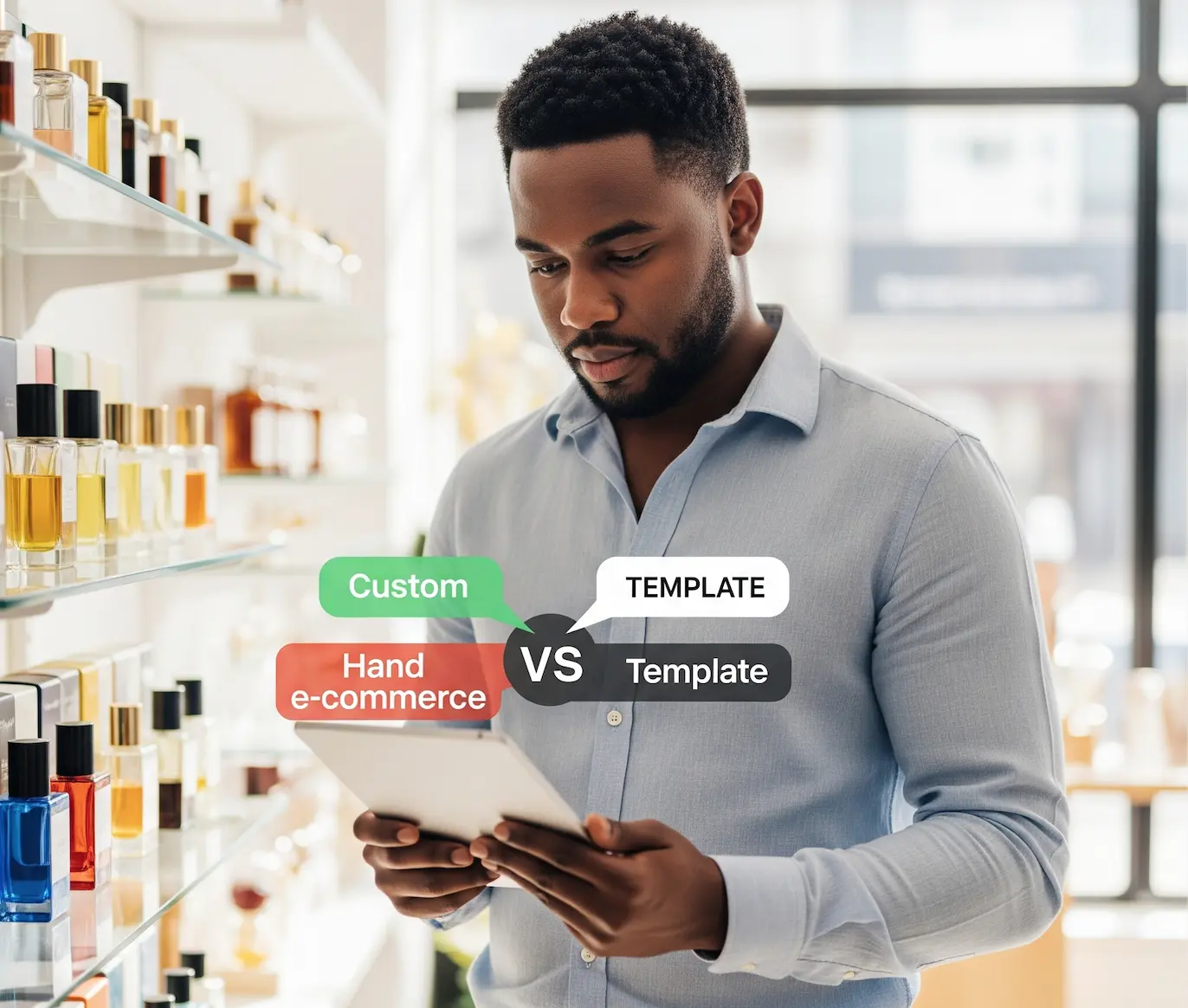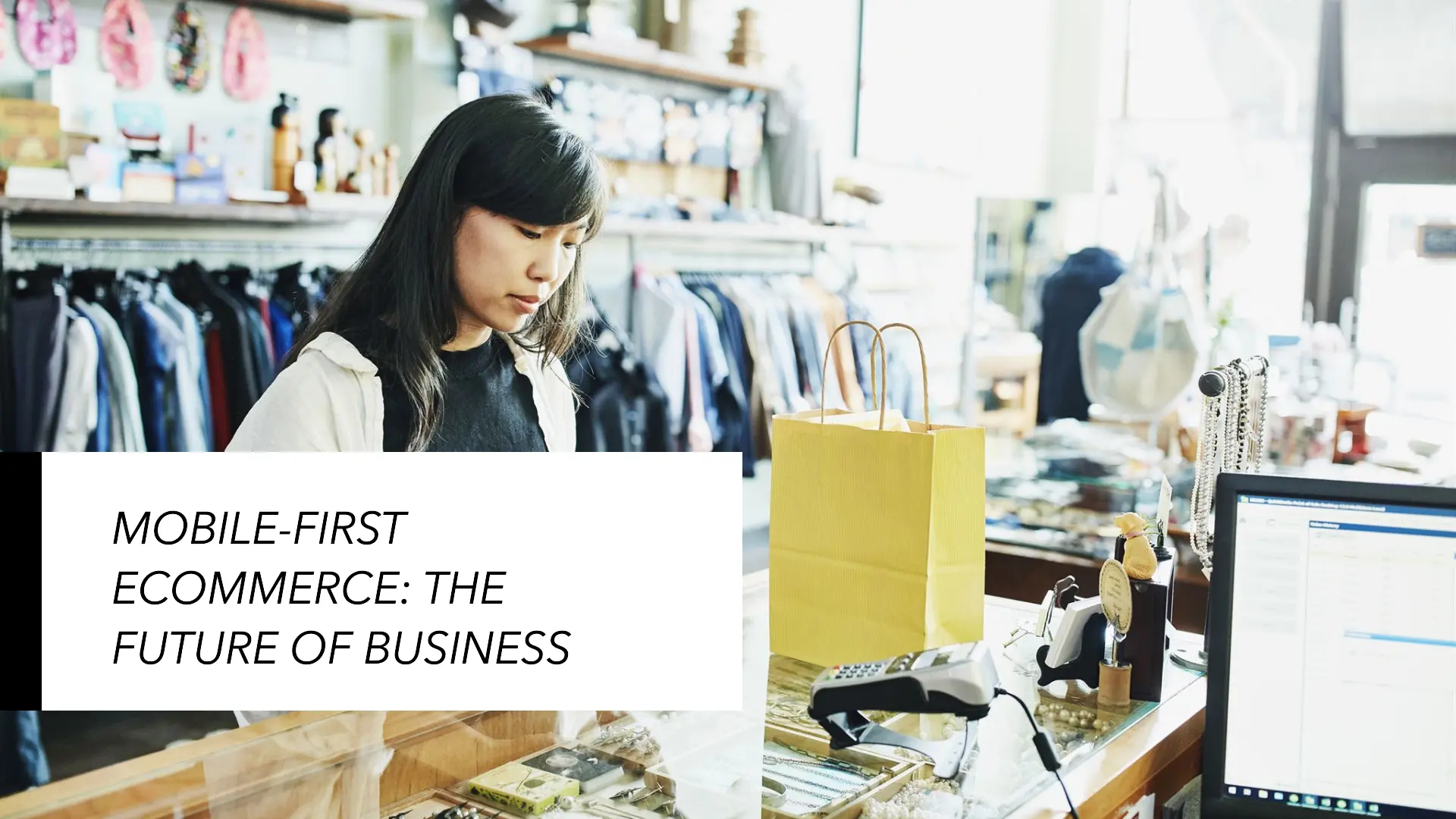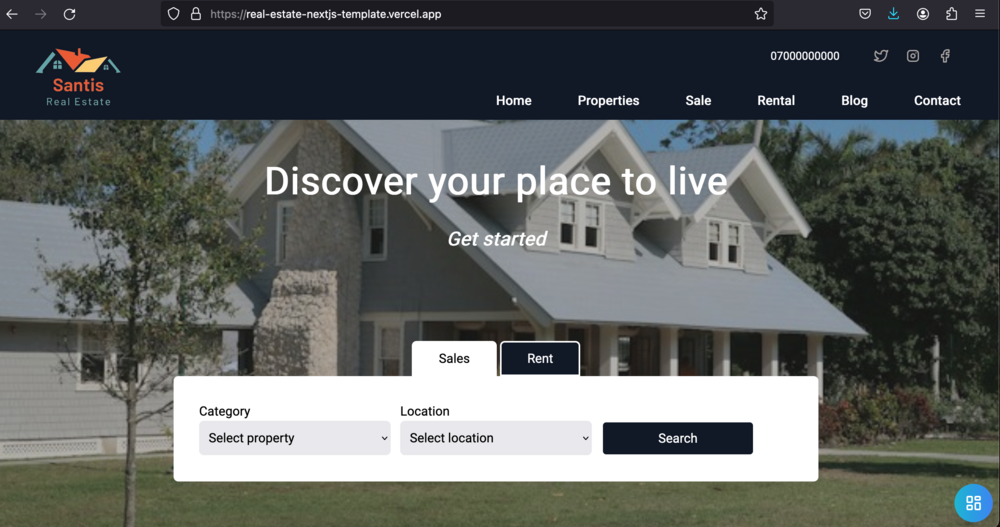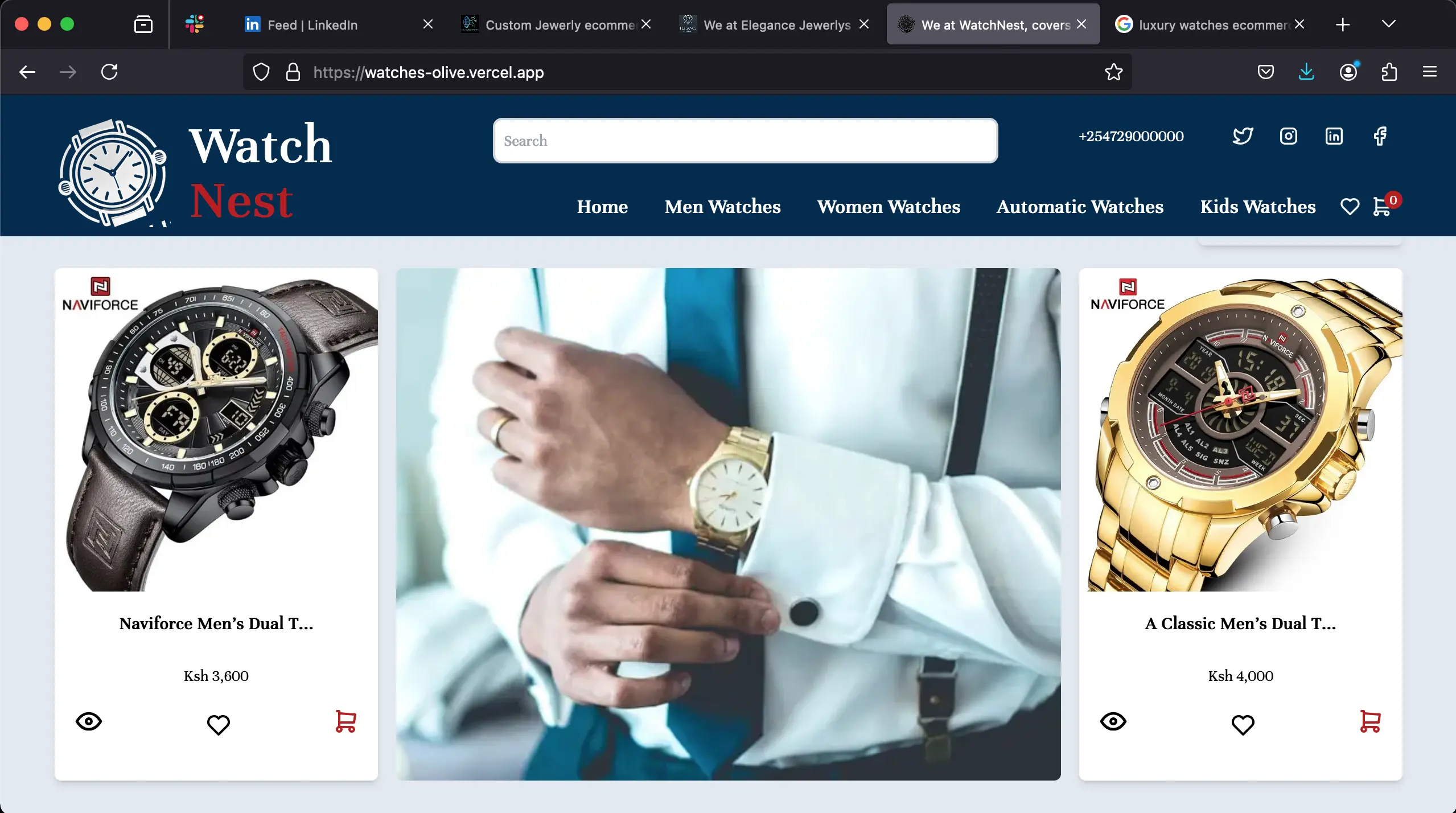
Building Trust and Driving Sales With Social Proof to your Ecommerce Store
Introduction
Imagine walking into a restaurant you’ve never tried before. You’re hesitant—until you see a long line of happy customers or a 5-star review from a food critic. Suddenly, you feel more confident about dining there.
This is social proof in action.
In business, social proof is one of the most powerful tools to build trust, influence decisions, and drive sales. Whether you run an e-commerce store, a local business, or a B2B service, leveraging social proof can increase conversions, reduce skepticism, and turn prospects into loyal customers.
In this article, you’ll learn:
- What social proof is (and why it works)
- The different types of social proof that drive sales
- Real-world examples of businesses using social proof successfully
- Simple, actionable strategies to implement social proof in your business
Let’s dive in!
What Is Social Proof? (And Why Does It Work?)
Social proof is the psychological phenomenon where people copy the actions of others in uncertain situations. If others trust a brand, product, or service, new customers are more likely to trust it too.
Why Social Proof Works:
- Reduces Risk – People fear making bad decisions. Seeing others succeed with your product reassures them.
- Builds Credibility – Testimonials, reviews, and endorsements act as third-party validation.
- Creates FOMO (Fear of Missing Out) – If others are buying, people don’t want to be left behind.
7 Types of Social Proof That Drive Sales
Here are the most effective forms of social proof you can use to boost trust and sales:
1. Customer Reviews & Ratings
- Why it works: 93% of consumers read reviews before buying.
- Example: Amazon displays star ratings and customer feedback, making it easier for shoppers to decide.
- Action Step: Add a review section to your website or product pages, or ask customers to leave a Google review!
2. Testimonials & Case Studies
- Why it works: Stories from real customers build emotional trust.
- Example: SaaS companies like HubSpot showcase detailed case studies.
- Action Step: Collect video or written testimonials from happy clients.
3. Influencer & Celebrity Endorsements
- Why it works: People trust familiar faces.
- Example: Nike partnering with athletes like LeBron James.
- Action Step: Collaborate with micro-influencers in your niche.
4. User-Generated Content (UGC)
- Why it works: Authentic content from real users feels more genuine than ads.
- Example: GoPro shares customer adventure videos.
- Action Step: Encourage customers to post about your brand with a hashtag.
5. Social Media Likes, Shares & Comments
- Why it works: High engagement signals popularity.
- Example: A viral TikTok review can skyrocket sales overnight.
- Action Step: Engage with followers and repost customer content.
6. Media Mentions & Press Features
- Why it works: Being featured in Forbes or TechCrunch adds authority.
- Example: Startups often display “As seen in” logos.
- Action Step: Reach out to journalists or submit guest articles.
7. Wisdom of the Crowd (Popularity Proof)
- Why it works: People trust what’s trending.
- Example: “Over 1 million downloads” or “Best-selling product.”
- Action Step: Highlight your customer count or sales milestones.
How to Gather Social Proof (Even If You’re Just Starting)
If you’re new and don’t have many reviews yet, try these strategies:
✅ Offer Free Samples or Discounts – In exchange for honest feedback.
✅ Leverage Your Network – Ask friends, family, or early customers for testimonials.
✅ Run a Beta Test – Let a small group try your product before launch.
✅ Use Social Proof Tools – Tools like Trustpilot, Yotpo, or Fomo can help collect and display reviews.
Real-World Examples of Social Proof Boosting Sales
1. Airbnb
- Shows host ratings and guest reviews to build trust between strangers.
- Result: Higher booking rates.
2. Dropbox
- Used a referral program (“Get extra storage when friends sign up”).
- Result: Grew from 100,000 to 4 million users in 15 months.
3. Glossier
- Built a cult following through user-generated content.
- Result: Millions in organic social media-driven sales.
How to Use Social Proof in Your Sales Funnel
1. On Your Website
- Add trust badges (e.g., “Secure checkout,” “Money-back guarantee”).
- Show live customer activity (“10 people bought this today”).
2. In Email Marketing
- Include customer success stories in newsletters.
- Use social proof in subject lines (“Join 50,000+ happy customers”).
3. In Ads & Landing Pages
- Feature before-and-after results.
- Highlight celebrity or expert endorsements.
Conclusion: Start Using Social Proof Today
Social proof isn’t just a marketing tactic—it’s a trust-building powerhouse that can increase conversions, reduce refunds, and grow your brand.
Your Next Steps:
- Collect reviews (Ask happy customers for feedback), especially Google reviews, they work like magic!.
- Showcase testimonials (Add them to your website and ads).
- Leverage user-generated content (Encourage customers to share their experiences).
The more you prove that others trust you, the easier it becomes to win new customers and drive sales.
Now, go put social proof to work—and watch your business grow! 🚀
Our Templates
The Turnkey Commerce Suite.
Our Trending blogs










Myrachanto
I help ecommerce businesses scale faster with tech-driven SEO and high-performance web development. With 5+ years of full-stack expertise, I specialize in:
Ecommerce SEO
Optimizing product pages, structured data, and site architecture to boost organic traffic.
Blazing-Fast Stores
Building with React.js, Next.js, Qwik.js, and Golang for speed and conversions.
I write about ecommerce growth—from technical SEO to conversion-focused development—so store owners and marketers can leverage tech for real results.





